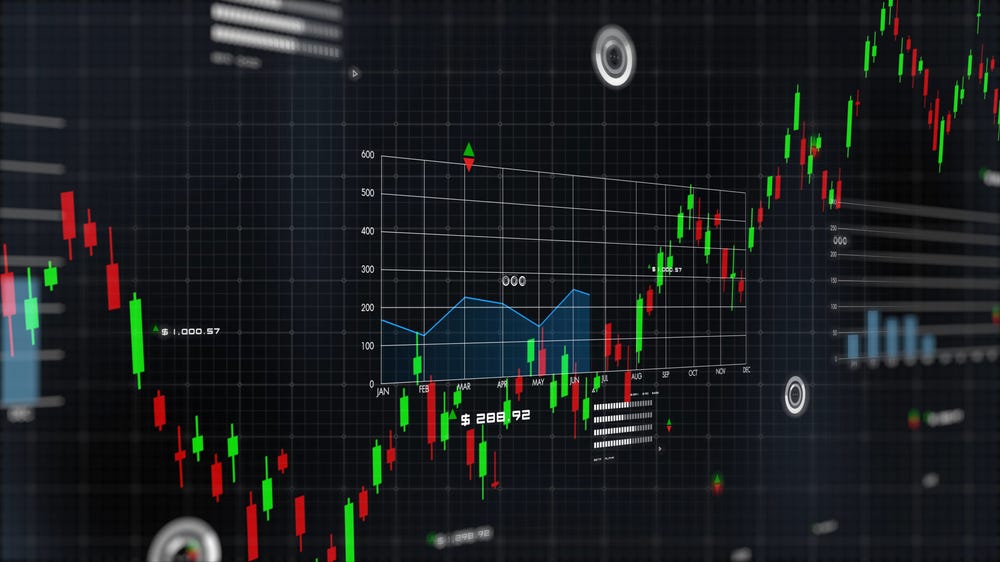
Understanding Crypto Trading Support Levels
In the world of crypto trading, support levels play a crucial role in determining market movement and investor behavior. Support levels are price points where a cryptocurrency tends to stop falling and may experience upward momentum. Traders utilize these levels to make informed decisions about buying and selling. Understanding how to identify and effectively use support levels can significantly enhance your trading strategy. For more in-depth trading tips, check this Crypto Trading Support Levels https://baskentbilimokullari.com/3-guilt-free-log-in-to-your-exness-account-tips/.
What are Support Levels?
Support levels are identified through historical price action and are characterized by a concentration of buying interest. When the price of a cryptocurrency approaches a support level, it indicates that traders believe the asset is undervalued, leading to an influx of buying activity. This buying pressure can prevent the price from declining further, making it a critical level for traders to watch.
Why are Support Levels Important?
Support levels are vital for several reasons:
- Trend Confirmation: Support levels can help confirm whether a new trend is developing. If the price consistently bounces off a support level, it may signal the start of an upward trend.
- Risk Management: By identifying support levels, traders can set stop-loss orders just below these levels. This strategy mitigates potential losses if a trade goes against them.
- Buying Opportunities: Support levels often present excellent entry points for traders looking to capitalize on potential upward moves.
Types of Support Levels
There are several types of support levels that traders might consider:
1. Horizontal Support Levels

These support levels are established at price points where the asset has previously reversed direction multiple times. They can be easily identified on a price chart by drawing horizontal lines at specific price levels.
2. Trendline Support
Trendlines act as dynamic support levels. Traders draw trendlines connecting the lows of price movements. When the price approaches the trendline, it may find support, allowing traders to anticipate a bounce.
3. Moving Average Support
Moving averages can serve as support levels in trending markets. For example, the 50-day or 200-day moving average often acts as a dynamic support level where the price might rebound.
How to Identify Support Levels
Identifying support levels involves analyzing historical price action and utilizing different technical analysis tools. Here are steps to effectively spot support levels:
- Analyze Historical Price Movements: Look for levels where the price has previously reversed direction.
- Use Technical Indicators: Employ tools like Fibonacci retracement, moving averages, and trendlines to identify potential support levels.
- Monitor Volume: High trading volume near a perceived support level can validate its strength, as more traders are actively participating at that price point.
Trading Strategies Utilizing Support Levels
Here are some effective strategies that incorporate support levels:
1. Buy at Support

One of the simplest strategies is to buy when the price approaches a well-established support level, anticipating a bounce and upward movement.
2. Confirmation Through Candlestick Patterns
Look for candlestick patterns, such as hammers or engulfing candles, when the price approaches a support level. These patterns can indicate a reversal, providing more confirmation to enter a trade.
3. Breakout Strategy
Sometimes, the price may break below a support level. Traders could use this as a selling signal or shorting opportunity, expecting further downward momentum.
Common Mistakes to Avoid
While trading based on support levels can be lucrative, it’s also essential to avoid common mistakes:
- Ignoring Market Trends: Always consider the broader market trend. Support levels can fail in a strongly trending market.
- Placing Stop-Loss Too Close: A common pitfall is placing stop-loss orders too close to support levels. This can result in false breakouts causing premature exit from trades.
- Overlooking Volume: A support level with low trading volume is less reliable. Ensure that volume confirms the importance of the support level.
Conclusion
Crypto trading support levels are essential tools for traders seeking to navigate the volatile crypto market. By understanding and effectively utilizing support levels, you can enhance your trading strategies, make informed decisions, and improve your overall trading performance. Whether you are a novice trader or an experienced investor, incorporating support levels into your analysis will provide you with a clearer picture of market dynamics.
Always remember that trading cryptocurrency involves risk, and it is vital to conduct thorough research, use sound risk management strategies, and continuously educate yourself about the market.


One thought on “Understanding Crypto Trading Support Levels 4”
https://t.me/s/iGaming_live/4866